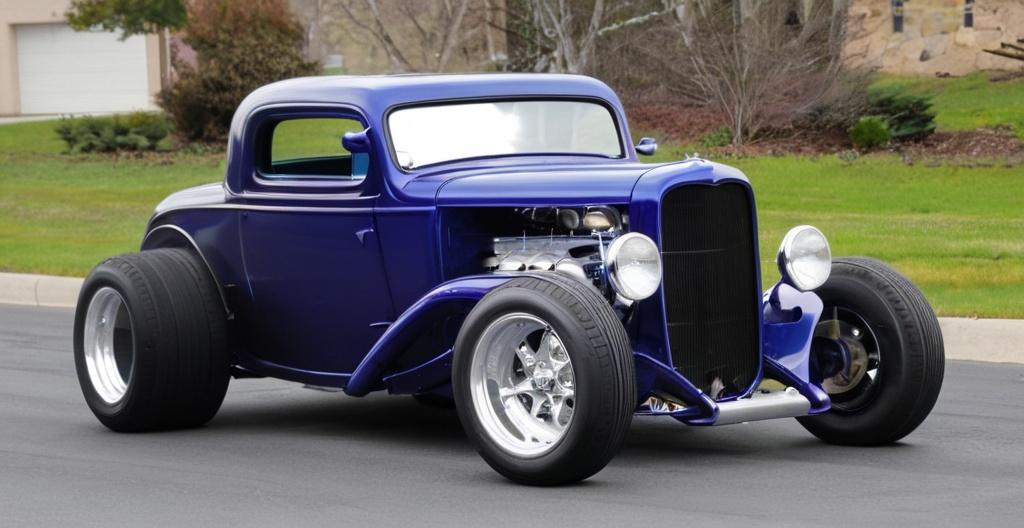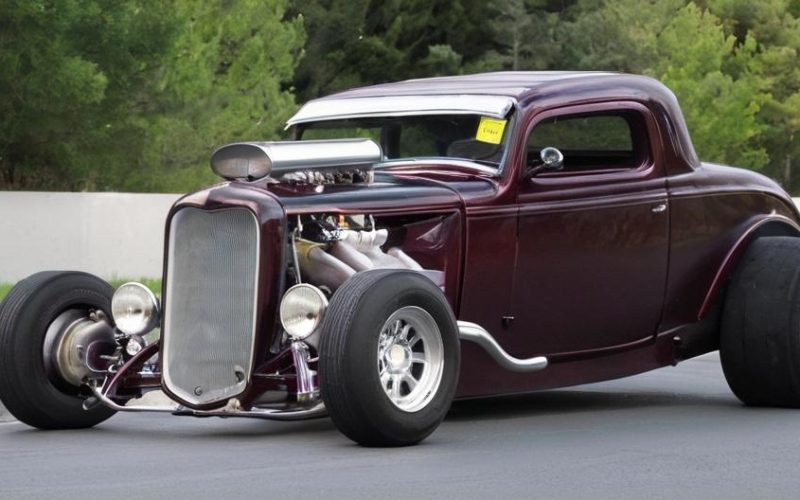Key Take Aways About Wet Sanding and Buffing for Perfection
- Wet sanding and buffing are techniques to achieve a flawless, reflective shine on car paint jobs, popular in street rodding.
- Wet sanding uses water-lubricated fine-grit sandpaper to smooth out paint imperfections like orange peel and dust nibs.
- Buffing involves using a machine and compound to fill scratches and enhance shine.
- Proper tools are essential—dual-action polishers and the right pads can prevent common issues like burning through paint.
- Patience, practice, and regular inspection are crucial to avoid pitfalls and achieve outstanding results.

Understanding Wet Sanding and Buffing
Wet sanding and buffing are terms you’ll often hear thrown around in street rodding circle, and rightly so. These techniques bring out the mirror-like shine in your hot rod, making onlookers pause for a second glance. It’s about making those cars pop, ensuring that the paint job isn’t just good—it’s flawless.
Wet Sanding: The Basics
Wet sanding is a refined version of regular sanding, which involves using fine-grit sandpaper lubricated with water. The water serves several purposes: it reduces friction, keeps the paper from clogging with paint particles, and prevents overheating, which can damage the surface. You’ll generally start with a finer grit, something like 1000, and work your way down to even finer grits like 2000 or 3000, depending on how much of a perfectionist you’re feeling that day.
Why Wet Sand?
Simple: paint isn’t perfect. Even those ‘just outta the shop’ paint jobs can have orange peel, dust nibs, or other minor imperfections. Wet sanding levels the paint, creating a very smooth surface. It’s like giving your hot rod a facelift without the surgery.
Buffing: Bringing Out the Shine
Now that you’ve got a supremely smooth surface, buffing steps in. This process involves using a buffing machine to apply a compound to the car’s surface. Unlike wet sanding, buffing is all about adding, not subtracting. The compound fills in those microscopic scratches left by the sandpaper, creating that deep, reflective shine.
Tools of the Trade
Getting the right equipment for buffing can be a bit of a game-changer. Your hands alone won’t cut it; you need a quality buffer. Many street rodders like dual-action polishers because they are more forgiving and prevent the common beginner mistake of burning through the paint. It’s also about picking the correct pads and polishes. Wool pads are aggressive, while foam pads can range from cutting to finishing, just depending on where you are in the process.
The Process in Action
Take a sunny Saturday. You’ve got your hot rod in the driveway, and a couple of curious neighbors have already wandered over. You start with wet sanding, keeping your sandpaper lubricated with a constant trickle of water. It’s a bit of an art form, feeling for those tiny imperfections as you work across the surface.
Then comes buffing. You dab a bit of compound on your buffer pad. You switch it on, keeping the motion fluid and even—you don’t want to stay too long in one spot unless swirly patterns are your thing. As the buffing compound does its magic, your car starts to gleam like a freshly minted coin.
Common Pitfalls
Sure, the process sounds smooth, but it comes with its share of challenges. Using too coarse a sandpaper can leave deep scratches that even the best compound won’t erase. Buffing on a hot summer day without shade might cause the compound to dry too quickly, leaving a smear instead of a shine. It’s why patience and practice are key.
Personal Experience and Tips
Once you get into the groove, wet sanding and buffing can become a meditative routine. One time, I spent a whole afternoon working on a 1956 Chevy Bel Air. I tell you, the two hours of careful sanding followed by another hour of precise buffing was worth every second when the evening sunlight hit that paintjob, making it dazzle like a gem. And that’s the thrill of it!
One tip? It may seem obvious, but always inspect your work as you go. Glancing and running your fingers lightly over the surface can save you a world of heartache later. Also, keep a spare set of pads and compound. You can never have too much of a good thing, especially when you’re halfway done, and the compound suddenly runs out.
Final Thoughts
Wet sanding and buffing demand time, care, and a bit of skill, but they pay off in the form of stunning rides that stand out at any car meet. Whether you’re a seasoned rodder or just getting your feet wet, there’s something immensely satisfying about seeing your effort reflected in that glossy, polished finish. It’s more than just a task; it’s a rite of passage in the street rodding community. So grab that sandpaper and buffer, and let your car shine as it was meant to.
